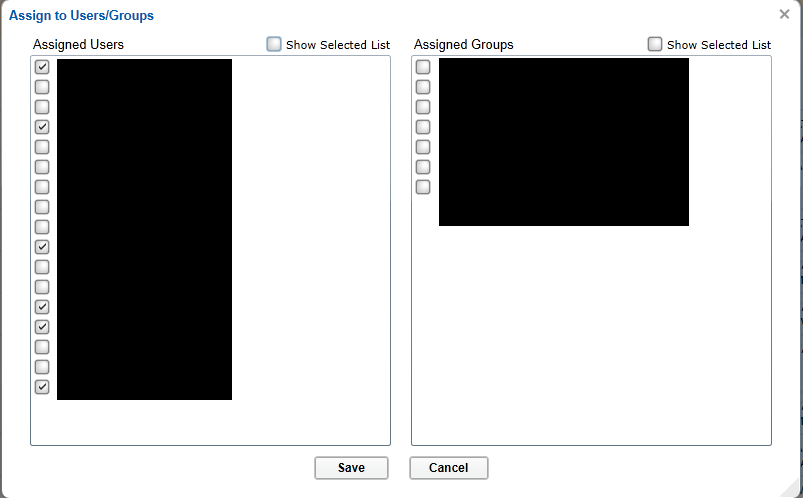Cheat Sheet
There is a cheat sheet attached to this page. Please click on the 'Cheat Sheet' heading above to download.
The entire process of creating and assigning and testing a review best goes through the following 7 stages:
Step One: Gather the requirements
Make sure you know what is needed to be in the review. Fields, Scores, mandatory fields, assignee
Step Two: Check the Review Stage Setup
Dashboard > Ribbon Menu > Admin > Reviews > Review Stage Setup > Edit only if absolutely necessary
Setup here will override any setup in the form. Any system related fields (non-custom field) is being setup here and added in the actual form also.
If wee need to see something like Yes/No or Long Notes which are system fields, we have to specify them here.
Also, under review notes, it is better that we leave the questions blank except for the Long Notes Field. Anything entered here will override the label of the field in the form.
Step Three: Create the Form and activate it
Dashboard > Ribbon Menu > Admin > Blueprint > Form Library > Reviews > Edit
NOTE: Form Designer will be explained in details in a separate page. This is an overview just to get us going.
Here we have the following options:
Red Box: Name of Review and number of people the review form is assigned to
Green Box: Libraries you can choose fields from. For example custom fields, coding sheets, standard fields. The application is also able to access extended fields from entities that have not much to do with the review and therefore, they are read-only fields for instance request number, etc.
Pink Box: Is loaded with available fields based on selection in Green Box. These fields can be added to the field by drag and drop into the area in Black Box.
Black Box: Has the final look and feel of the form
Yellow Box: Appears when a field is selected. It has options to modify the field.
Brown Box: Actions available to the entire form.
Step Four: Activate the form
Also, after creating and saving the review, from the ribbon menu (brown box), choose 'Activate'.
If there is another form for the same stage, make sure to go in and hit 'Deactivate' to get the new form show up.
Step Five: Assign the Form to Users
Dashboard > Ribbon Menu > Admin > Blueprint > Form Library > Reviews > Actions > Assign to
Clicking the Assign to brings the following screen up were we can choose who should this screen be assigned to.
It will un-assign the previous form from their environment and assign the new form to them.
Step Six: Create a Committee (Optional)
Dashboard > Ribbon Menu > Admin > Reviews > Manage Committees > Create new or modify an existing one
It is not necessary, but best practice to create a committee and add reviewers that way. Here reviewers can be added or removed. It also indicates if there are other committees that the reviewer is part of.
Step Seven: Create Reviews
Search for Requests > Choose Requests > Actions > Assign Reviewers > Select Stage > Select Committee (or specific reviewers one by one) > Select Stage > Select Committee
This stage is self explanatory.
Step Eight: Check to make sure it looks good
Dashboard > Ribbon Menu > Launch > Reviewer Portal
It is a great idea to create some tests and login to Reviewer Portal to make sure it looks alright.
Step Nine: Clean up Test Reviews
Full Search > Reviews > Add Filter > Choose Stage and Reviewer > Search > Select All > Actions > Delete
Also important to cleanup the test reviews.


